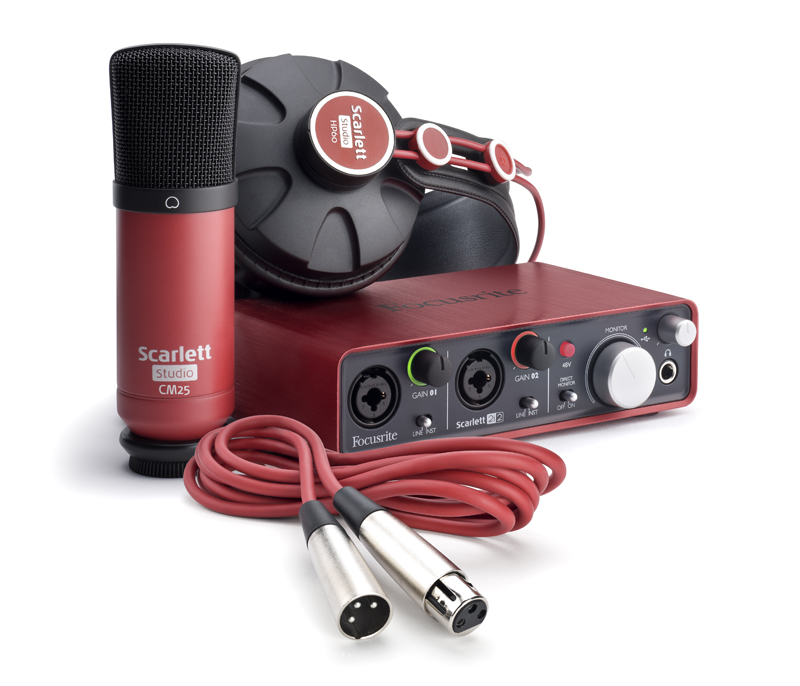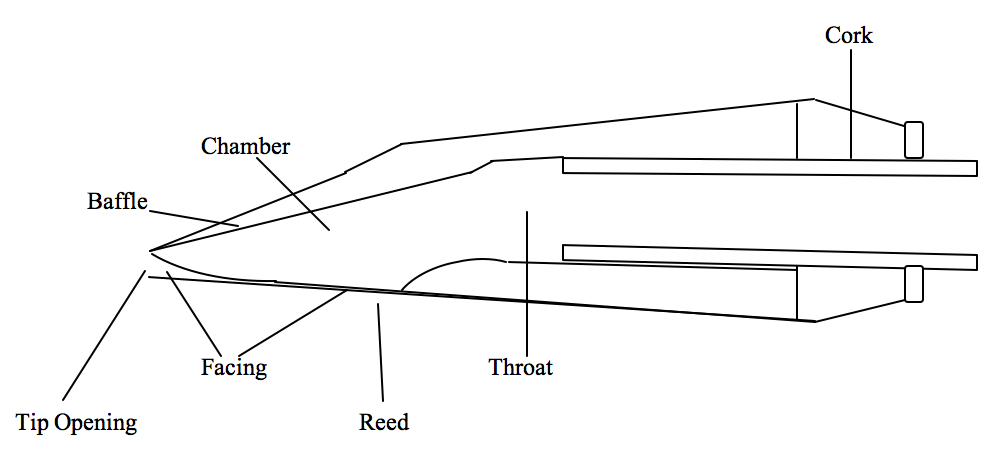As a band director, you’re not just the conductor of music, but also a guide in helping students learn the intricacies of their instruments. Among the various instruments in your band, the clarinet can often present a unique set of challenges when it comes to maintenance and repair. Unlike brass instruments, which may require mostly polishing and valve work, clarinets are delicate woodwind instruments that rely on intricate key mechanisms, pads, mouthpieces and reeds. Band directors who are equipped with a basic understanding of clarinet repair can not only ensure their students’ instruments are in good working condition but also extend the lifespan of expensive instruments, all while fostering a learning environment responsive to students’ needs.
This article offers an overview of practical tips for band directors to troubleshooting common problems.
Understanding the Basic Anatomy of the Clarinet
Before delving into repair techniques, it’s essential to understand the basic components of the clarinet:
- Mouthpiece: Where the player’s embouchure and reed interact to produce sound.
- Barrel: The section that connects the mouthpiece to the body.
- Body: The long main section that contains the keys and tone holes. This is divided into
- Upper Joint: The keys operated by the left hand.
- Lower Joint: The keys operated by the right hand.
- Keys: Mechanisms that cover and uncover tone holes, allowing the player to produce different pitches.
- Pads: These create an airtight seal over the corresponding tone hole.
- Springs: Allow the keys to function properly.
Knowing how each part functions and interacts will help when performing basic repairs or troubleshooting issues.
Common Clarinet Problems and Repairs
- Leaky Pads
Leaky pads are a common issue in woodwind instruments, especially clarinets, and they can result in poor tone quality and difficulty in playing. When a pad doesn’t seal properly, the air escapes and makes it hard to play certain notes or maintain a stable tone.
- Inspection: Check for visible gaps or dirt around the pads. Often, pads become dirty or dented, preventing a full seal. Tears in the bladder of traditional pads often create leaks.
- Replacing the Pad: If the pad is worn or damaged, replacement is necessary. Unless you have some training in instrument repair, it is best to send the instrument to your local repair technician. In an emergency, use a small amount of pad adhesive to attach a new pad and ensure it makes a complete seal when the key is closed.
- Sticking or sluggish key movement:
Sticky keys can occur when the key mechanism becomes gummed up with moisture, dirt, or grime. This problem can also arise from over-oiling, which leads to residue buildup.
Possible solutions:
- Clean the Key: Use a soft cloth, a key cleaning brush or a pipe cleaner to gently remove dirt and moisture from around the key mechanism. Be cautious not to dislodge any small springs or pads.
- Key Oil: A small drop of key oil can be used on the pivot point to help the key move freely. Avoid over-oiling, as this can attract dirt and cause further issues.
- Spring Loose: Often, improper key action can be the result of a spring coming loose from the little catch they attach to. A spring hook tool can help place the spring back in the proper place.
- Bent Key: If this is the case, it is best to send the instrument to your local repair technician.
Mouthpiece Issues:
- Cracked or Damaged Mouthpiece
The mouthpiece is one of the most critical parts of the clarinet in terms of sound production. If the mouthpiece is cracked or chipped, it can drastically affect the sound and response of the instrument. If this happens, it is best to replace the mouthpiece.
- Mouthpiece Facing: If the facing (the flat surface of the mouthpiece where the reed attaches) is damaged, it might affect the seal with the reed. If it is an intermediate or professional mouthpiece send it to a mouthpiece technician who can resurface the facing. I recommend storing the mouthpiece with an old broken reed under light tension from the ligature to prevent any damage to the facing while in the instrument case.
- Broken Springs:
Broken springs are another common problem that can cause keys to remain open or closed, rendering certain notes unplayable. If this is the case, it is best to send the instrument to your repair technician. In an emergency, creative use of a rubber band can be a temporary substitute. Do not leave rubber bands on the keys for longer than one playing session as the rubber can corrode the plating on the keys.
Reed Alignment and Care
A poorly aligned reed can also lead to frustrating playing experiences.
- Reed Alignment: Make sure the reed is aligned properly with the top of the mouthpiece.
- Reed Care: Always encourage students to take care of their reeds by storing them in a reed case and regularly soaking them before playing. If a reed is chipped or worn, replace it. A damaged reed can cause buzzing sounds and inconsistent pitch.
General Tips for Band Directors
- Prevention is Key: Regularly inspect instruments for signs of wear and tear. A few minutes spent checking pads, springs, and key alignment can prevent larger issues down the road.
- Teach Care and Maintenance to Students: Encourage students to learn the basics of maintaining their own instruments. Teaching them how to clean their clarinet and properly store their reeds can help prevent problems from escalating. Be sure they know proper assembly of the upper and lower joints: The left hand should always close the ring keys and the right hand should grip over the lowest pads (leaving the lower joint ring keys open). This prevents bending of the bridge key connection between the joints. When using a swab, teach them to always check the cord for knots before pulling it through the instrument to prevent a stuck swab.
- Stock Basic Repair Tools: Having a few essential tools on hand such as small screwdrivers, key oil, pad papers, and spring hooks—can make all the difference when an urgent repair is needed. The little screw on top of the Ab key should allow a little bit of movement from the A key below before it moves the Ab key. This small free play is necessary in case the pad expands due to the moisture from playing.
- Know When to Seek Professional Help: Some repairs, especially those involving re-padding or extensive keywork, may require a professional repair technician. Knowing your limits and when to seek external help ensures students’’ instruments remain in top playing condition.
Conclusion
While band directors are not expected to be professional repair technicians, having a basic understanding of clarinet maintenance can help ensure students’ instruments are always ready for rehearsal and performance. With a little knowledge, you can troubleshoot common issues such as leaky pads, sticky keys, and broken springs. This not only saves time and resources but also creates a more efficient and supportive learning environment. By teaching students the importance of instrument care and providing basic repair solutions you help them become more self-sufficient and better prepared to play in an ensemble setting.
Watch this helpful video: https://www.youtube.com/watch?v=ar25O8jcq54
LisasClarinetShop.com





























